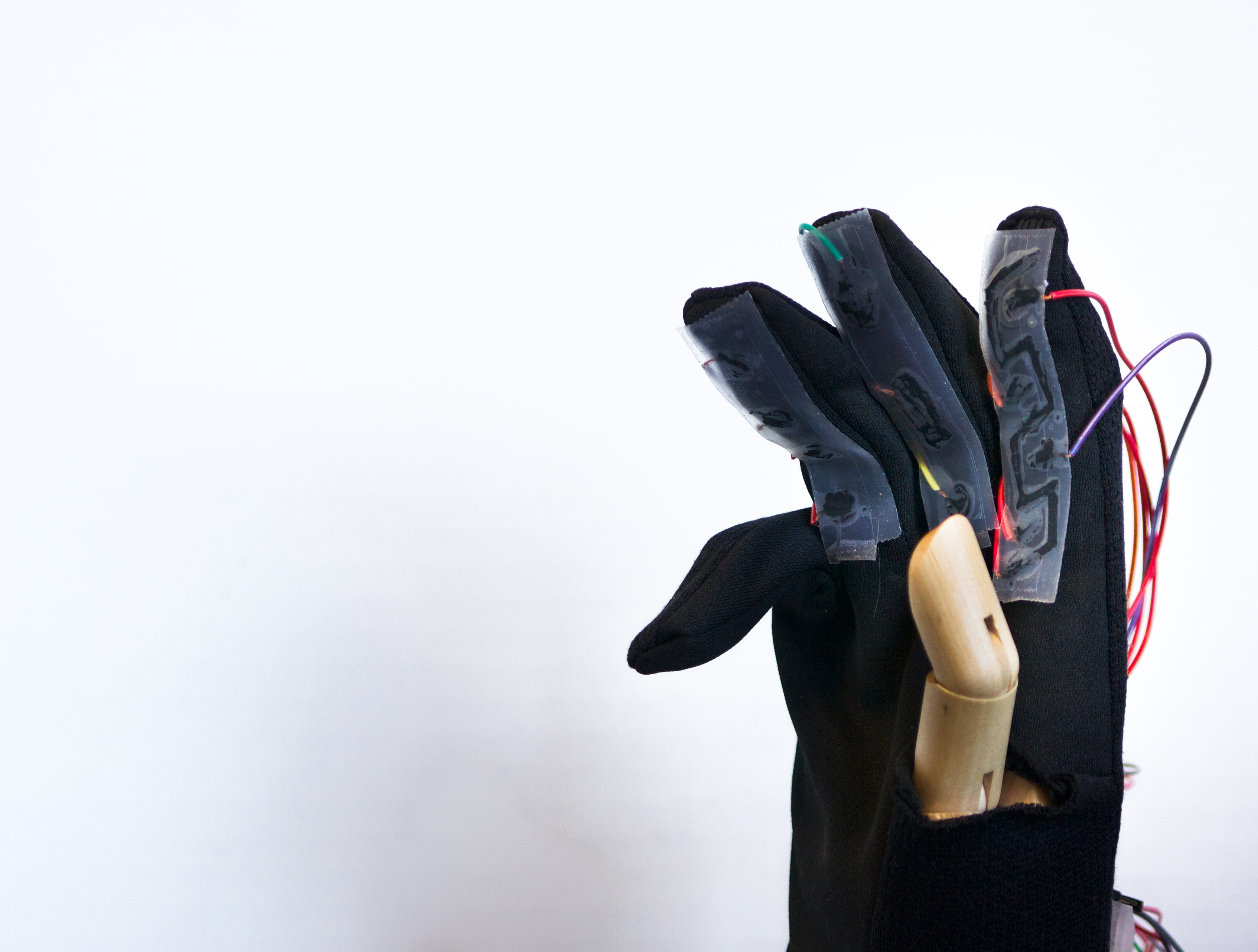In this paper we introduce Chiron (abbr. Chironomia ): A wearable device for the hand that reads the digital and analogous signals from capacitive sensor patterns and orientation sensors, to interpret user-intent. Here, we explore two cases — (a) an unconventional and low-cost method for intuitive shape modeling and control, (b) ergonomically designing these patterns from conductive ink, for reading localized finger interactions (swiping or pinching). We also exploit Chiron’s thumb-based interaction mechanism and discuss future novel applications.

Chiron Workflow: The user intent is captured by their hand gestures via sensors and then manipulated into shape modeling application.

